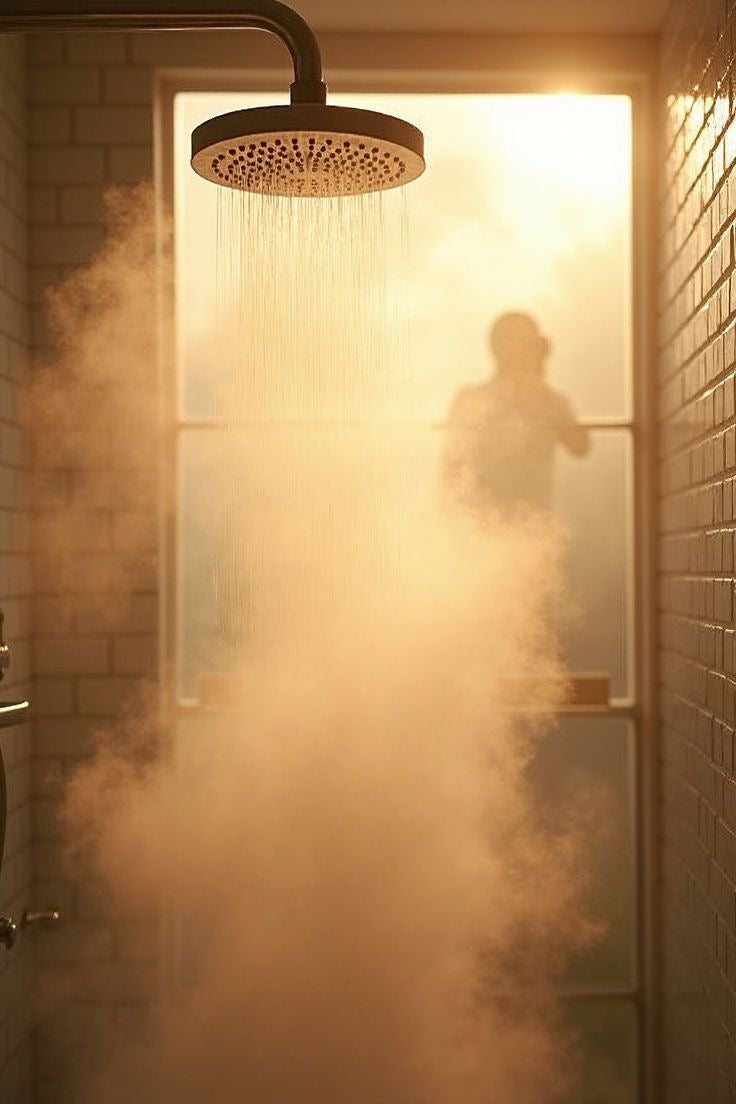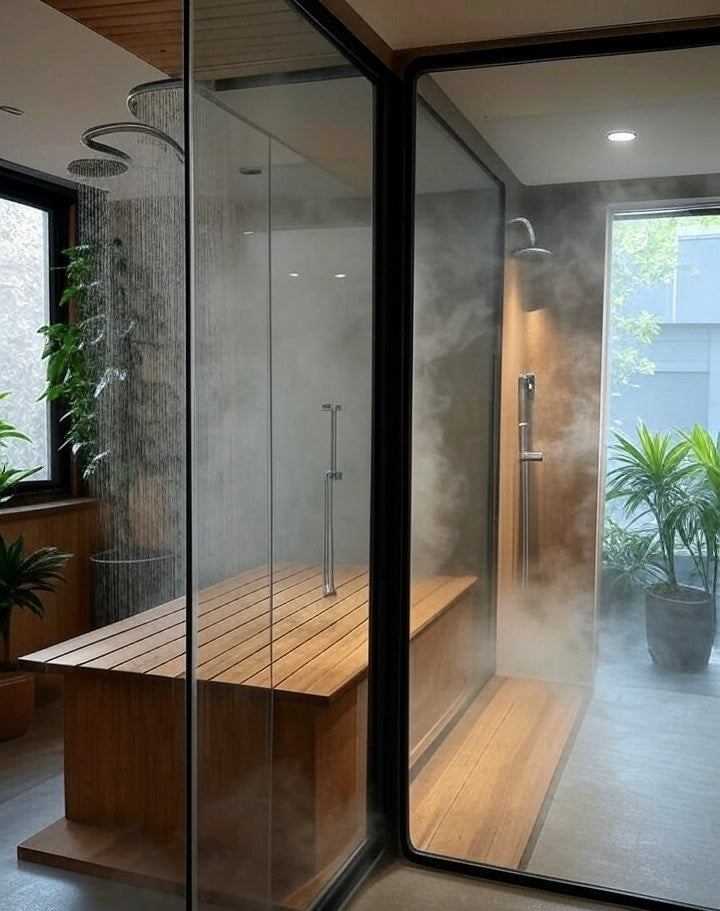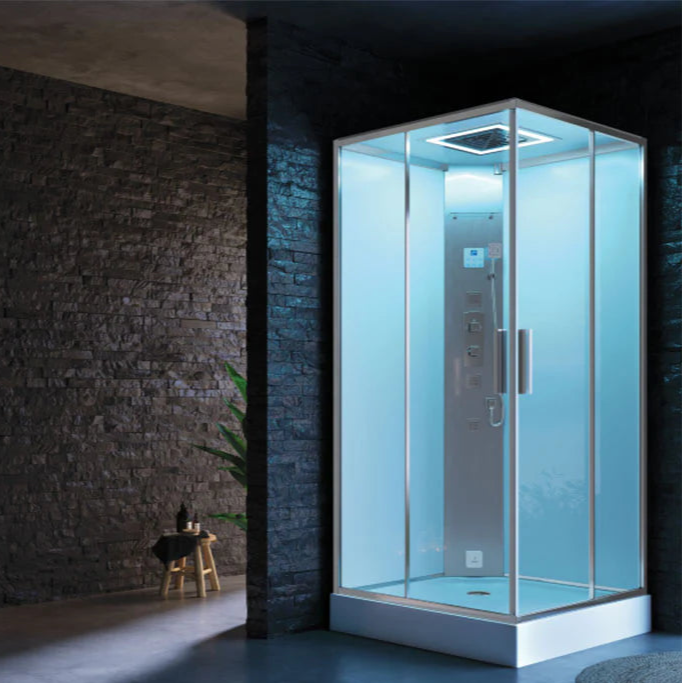Got a pounding head and nowhere to hide? A quick dip in a Cold Plunge or Ice Bath might be just the cool trick your head needs. The short answer: Yes, a Cold Plunge can help relieve certain types of headaches by reducing inflammation, improving circulation, and boosting feel-good hormones. Curious? Keep reading to find out how this chilly trend may turn down the pain.

The Science Behind Cold Therapy for Headache Relief
Vasoconstriction: Addressing Blood Vessel Changes
Cold exposure causes vasoconstriction, where blood vessels narrow.
This reduces the swelling and pulsing pain linked to migraines.
Migraines are often caused by vasodilation (widening of blood vessels), so the opposite effect offers relief.
It’s a natural way to regulate circulation and ease pressure in the head.
Reducing Inflammation and Swelling
Inflammation can irritate pain receptors and worsen headaches.
Cold water helps by lowering tissue temperature and limiting inflammation.
Less swelling means less discomfort.
Even short Ice Bath Tub sessions can produce a noticeable calming effect.
Numbing Effect and Slowing Nerve Pain Signals
Cold has a numbing action that reduces pain sensitivity.
It slows the transmission of pain signals to the brain, offering temporary relief.
This analgesic effect can help interrupt the cycle of constant discomfort.
It’s especially effective during the early stages of a headache or migraine.
Muscle Relaxation for Tension Headaches
Tight neck and shoulder muscles can trigger tension headaches.
Cold Plunge Tub sessions can help these muscles relax, easing head pressure.
Less tension means fewer headaches and more comfort.
It’s ideal for those sitting at desks or dealing with daily stress.
Endorphin Release and Stress Reduction
Cold immersion encourages the release of endorphins—your brain’s natural mood boosters.
This shift can reduce stress, which is a common headache trigger.
People often feel more energised, focused, and relaxed after a session.
It’s not just about cold—it’s about clarity.
What Types of Headaches Might Benefit?

Migraines: A Primary Focus of Cold Plunge Therapy
Migraines involve blood vessel changes and nerve irritation.
Cold therapy addresses both by calming nerves and narrowing vessels.
Those who suffer from migraines often find the chill effective when applied early.
It may not cure migraines, but it can reduce their intensity and duration.
Tension Headaches: Relief Through Muscle Relaxation
Tension headaches are linked to muscle tightness and stress.
Cold Plunge or Ice Bath Tub sessions soothe those tight areas and break the pain cycle.
It’s a low-effort method for natural relief that doesn’t rely on medication.
Considerations for Other Headache Types
Cold exposure may help cluster or post-exertion headaches, though the effects vary.
Sinus headaches may not respond as well, as cold can worsen sinus congestion.
Trial and observation are key to seeing what works best for your body.
Practical Steps for Using Cold Plunge for Headache Relief
Preparing for Your Cold Plunge Session
Use water between 10°C–15°C (50°F–59°F).
Start with 3–5 minutes and increase up to 15 minutes gradually.
Make sure you're in a safe environment, ideally using a proper Cold Plunge Tub or Ice Bath Tub.
Always exit if you feel light-headed or numb.
Gradual Acclimation: Easing Into the Cold
If you're new, begin with immersing your feet and legs.
Work your way up to full immersion slowly.
This helps your body adjust and prevents shock.
Combining with Other Relaxation Techniques
Cold therapy pairs well with meditation, slow breathing, or even soft music.
These additions amplify the calming and therapeutic effect.
Use it as part of a full relaxation routine for better results.
Post-Plunge Care for Continued Comfort
Warming Up Safely and Effectively
After your session, wrap up in warm layers.
Drink something warm, move gently, and allow your body to naturally reheat.
Avoid extreme heat like hot baths immediately after.
Hydration and Rest: Supporting Recovery
Drink water to replenish fluids lost during cold exposure.
Even short Cold Plunge sessions can mildly dehydrate you.
A light rest afterwards helps your body settle into recovery.
Important Considerations and Safety for Cold Plunging
Who Should Consult a Doctor First?
If you have Raynaud’s, circulatory problems, cold urticaria, or cardiovascular conditions—speak to your GP first.
Cold therapy may not be suitable for everyone.
Medications and Chronic Headache Management
Cold plunging should not replace prescribed medications.
It’s best used as a complementary therapy for long-term headache management.
Potential Risks and How to Mitigate Them
Avoid prolonged exposure or direct ice contact with skin.
Cold burns and hypothermia are real risks with misuse.
Stay alert for signs like skin discolouration, dizziness, or intense shivering.
Exit immediately if you feel unwell.
The Importance of Supervision for Beginners
First-timers should not cold plunge alone.
Have someone nearby to help in case of discomfort or emergency.
Safety ensures the session is helpful—not harmful.
Conclusion: Chilling Your Way to Relief
Cold Plunges and Ice Baths aren’t just social media trends—they can genuinely support headache and migraine relief.
From easing throbbing pain to calming tight muscles, the science backs up the soothing benefits.
Whether you’re managing migraines, tension headaches, or general stress, a quick chill might be the natural tool your wellness routine is missing.
Key Takeaways
-
Cold Plunge can help ease migraines and tension headaches through vasoconstriction and muscle relaxation
-
It offers temporary pain relief and mood improvement via endorphin release
-
Works best when combined with breathing or relaxation techniques
-
Start slowly with short sessions and always warm up properly afterwards
-
Consult a medical professional if you have underlying health conditions before beginning cold therapy






